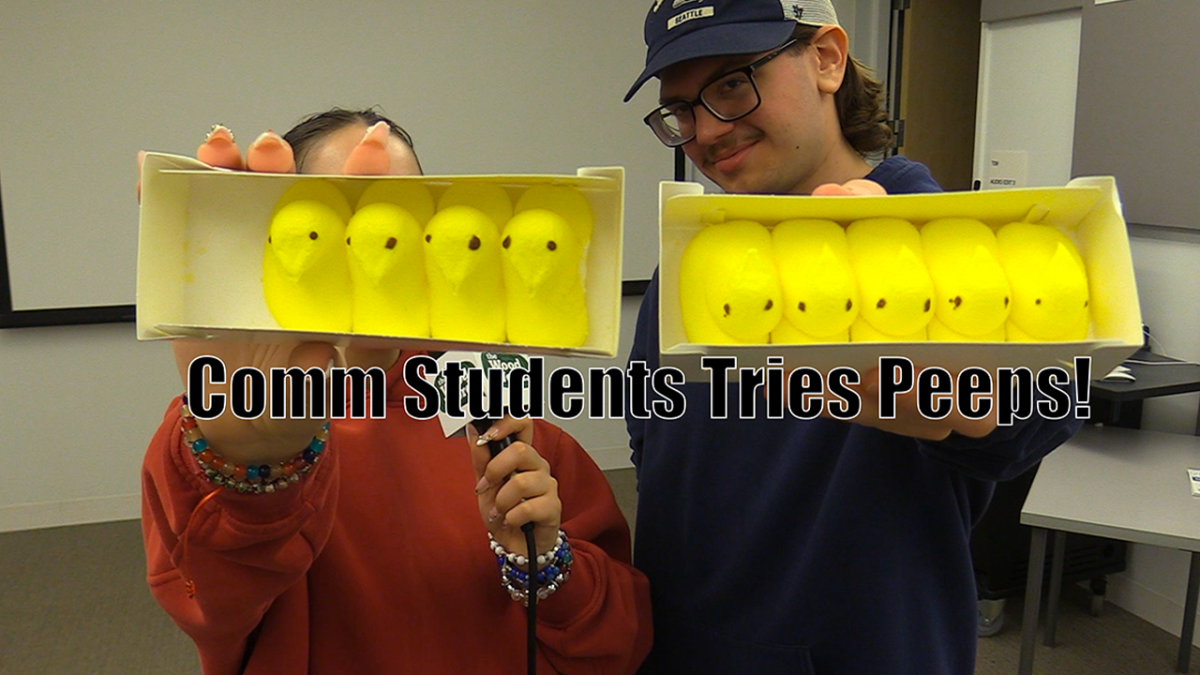As reported in the November issue of The Wood Word, Marywood University plans to build a new state-of-the-art library called the Learning Commons, which is set to open in 2015. The estimated cost of this project is $35 million. At the heart of the new facility will be what is known as an Automated Storage and Retrieval System (ASRS), a robotic inventory filing machine that will house the vast majority of the library’s volumes.
ASRS has been utilized by academic libraries for more than 20 years at academic institutions including Santa Clara University in California and Colgate University in upstate New York.
According to the manufacturer, Dematic, the ASRS consists of two main components: the first part is numerous rows of industrial racks containing various sized metal bins holding the library’s volumes, which are stored according to size rather than catalog number. Each rack has a large crane attached to it that retrieves the texts located in that section.
The second part is the software that runs the actual machine. When a user requests a book through the library ordering system, the information is then sent to the ASRS, which activates the corresponding crane to retrieve the request and place it on a shelf where a staff member delivers it to the circulation desk to be picked up. In short, the system will convert the library into a giant book vending machine.
While having such an advanced system will set Marywood apart from other universities in the area, and may, over time, save space and money, what will be the costs–both tangible and intangible–to the University?
Patrons will lose the joy of browsing through the books stacks and stumbling upon a book they didn’t even know they wanted while searching for another. Only a handful of stacks will be left for traditional browsing when the Learning Commons is constructed. This will further require students to rely more on technology than on their own cognitive abilities. The new Learning Commons will turn scholarly research into a robot expedition.
With any new technology comes technological glitches. With our entire community relying on an automated system for access to knowledge, we will find ourselves at the mercy of the machine, relying on it rather than on human capital to achieve quality performance.
However, a positive change that can come from the switch to an automated book service is the addition of jobs. According to Jim Frutchey, interim director of library services, there will actually be an influx in hiring due to the new system. The new system will require new staff to transport the books from machine to library patron. In other words, the staff member will be working for the robot rather than vice versa. Thankfully, the new system will not be omitting jobs, but in fact, creating them.
The robot-like system will provide us a prominent placement among universities in the country. But taking into account all the aspects of the system, it leaves us questioning: is it something that will truly benefit our community?










